The Big Short: What the Movie Got Right (and Wrong)
The Big Short isn’t just a movie traders love — it’s one of the best films ever made about markets, greed, and the financial mess…
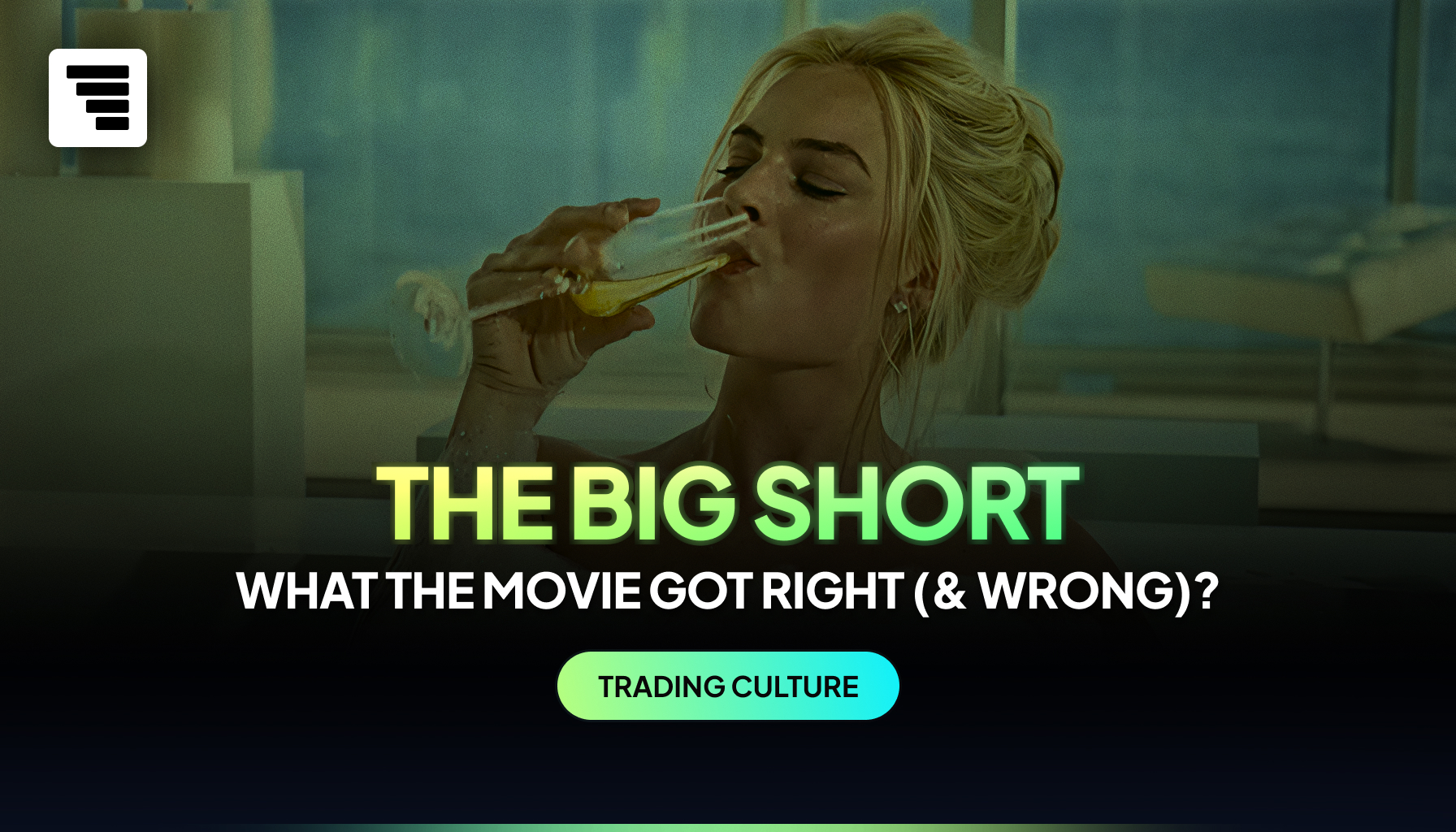
The Big Short isn’t just a movie traders love — it’s one of the best films ever made about markets, greed, and the financial mess that was 2008. It’s sharp, funny, and it somehow explains mortgage-backed securities using Margot Robbie in a bubble bath.
But while it nails a lot of the big-picture stuff, not every detail is exactly how it happened. We went back, rewatched the movie, and dug into which moments were true, which were… let’s say “Hollywood-ised,” and which landed somewhere in between.
Did Jared Vennett really have a Chinese quant guy?
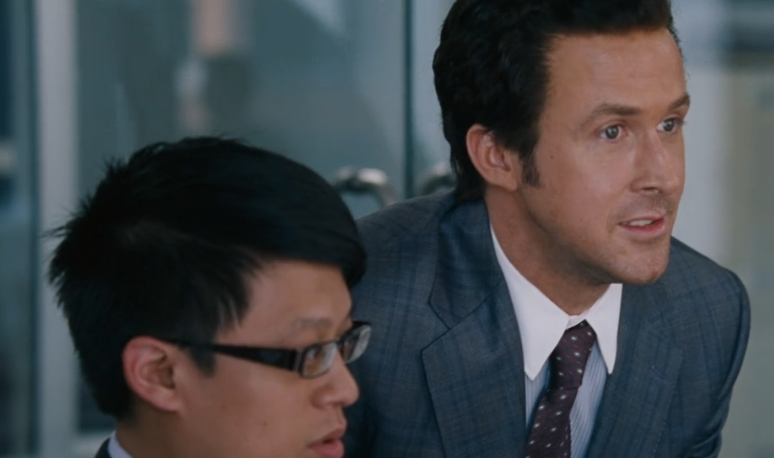
The film’s claim: Jared Vennett (Ryan Gosling) has a poker-faced Chinese quant who never speaks, just sits there crunching numbers.
Reality: Jared Vennett isn’t even a real person — he’s based on Greg Lippmann from Deutsche Bank. And no, Lippmann didn’t have a mysterious silent sidekick. That was just a bit of movie flair. He likely did have a very talented team working alongside him, perhaps even a quant.
Did US homeowners really use fake names on mortgage applications?
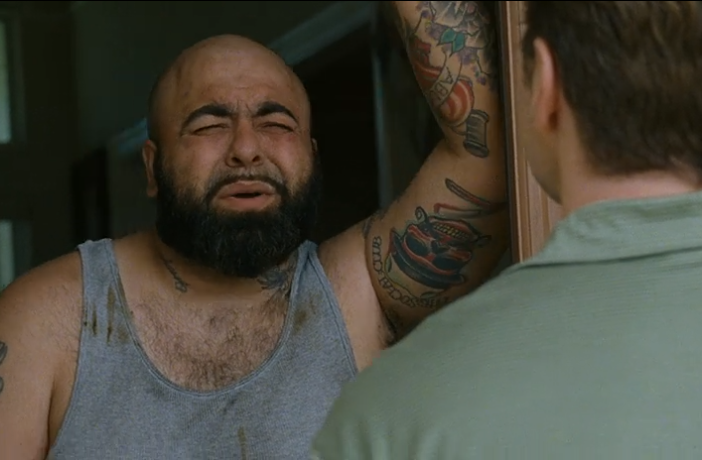
The film’s claim: Baum’s team meets a tenant in Florida who’s been paying rent on time — only to find out his landlord hasn’t been paying the mortgage. The mortgage? It’s in the landlord’s dog’s name, “Harvey Humpsey.” The tenant panics: “Are we going to have to leave? Has that arsehole not been paying his mortgage? I’ve been paying my rent!”
Reality: The dog name might be a joke, but the scam wasn’t. “Liar loans” were everywhere. People faked income, jobs, assets — and banks didn’t care because they’d just sell the loan. Some landlords really did take rent money while defaulting on their mortgages, leaving tenants in the firing line. So yeah, “Harvey Humpsey” sounds silly, but in 2006, it could be possible.
Did Michael Burry really kickstart the use of swaps to short the housing market?

The film’s claim: Michael Burry spots the housing bubble early, approaches big banks, and basically invents the idea of using credit default swaps (CDS) to bet against mortgage-backed securities.
Reality: This is pretty much exactly what happened. Burry, who ran Scion Capital, saw the subprime timebomb years before everyone else. He convinced banks like Goldman Sachs to create CDS — which were insurances on mortgage defaults — so he could short the bubble. At first, they were happy to take the other side, until they realised he was right.
Was the collapse of AAA-rated mortgage bonds really that sudden?
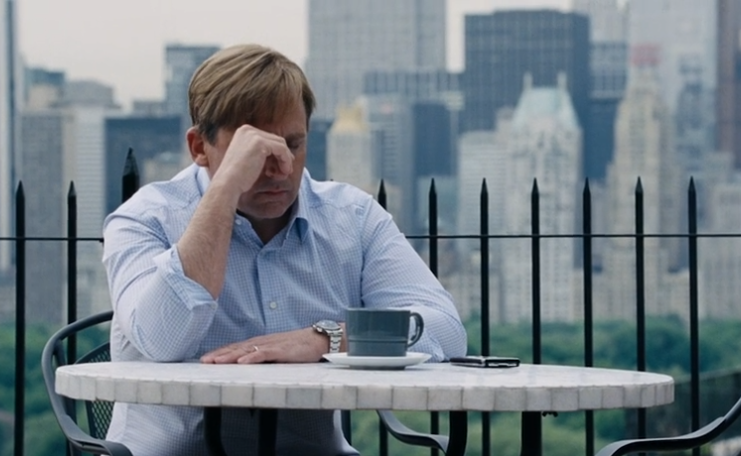
The film’s claim: The moment the default rate on mortgages hits a certain level, the bonds start imploding almost overnight.
Reality: The speed in the movie is exaggerated for drama, but the risk was real. Burry calculated that if just 15% of mortgages defaulted, the system would buckle. In reality, cracks appeared over months as defaults piled up — but when the real crash came, it did feel like the floor had vanished overnight.
Did Wall Street bankers really not understand the products they were selling?
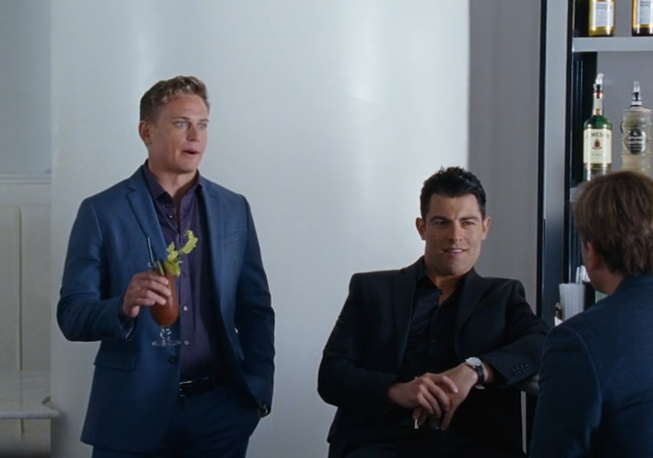
The film’s claim: In the famous scene where one “cash-rich” stripper claims to have 5 houses and a condo (multiple mortgages), Baum and his team realise the madness goes deeper — bankers have been packaging garbage loans into AAA-rated bonds without understanding the risk.
Reality: Sadly, this one’s on the money. Many bankers selling mortgage-backed securities didn’t fully grasp the complexity or risk. The stripper scene is an extreme example, but real interviews from that time show the same kind of “let’s loan to anyone” mentality.
Did CDOs really hide mountains of bad loans?
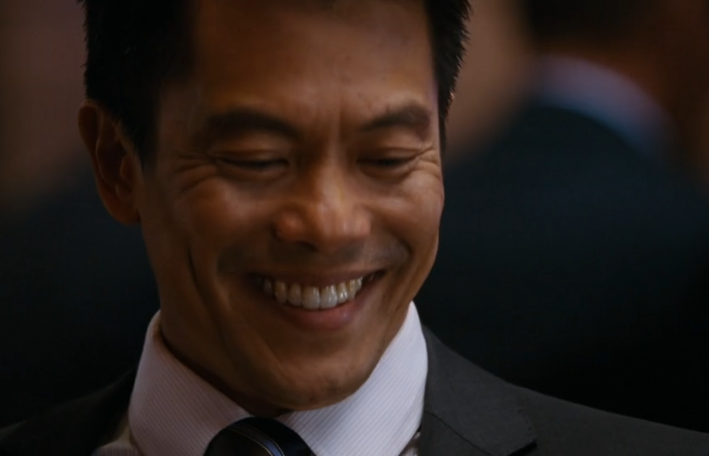
The film’s claim: CDOs (Collateralised Debt Obligations) are where the worst loans go to get a shiny AAA rating, ready to be sold again.
Reality: 100% accurate. Think of CDOs as Wall Street’s landfill — only instead of burying the trash, they gift-wrapped it and sold it back to investors. Those who were selling them got very rich, very quick – and helped accelerate the eventual housing bubble.
Was Mark Baum a real person?
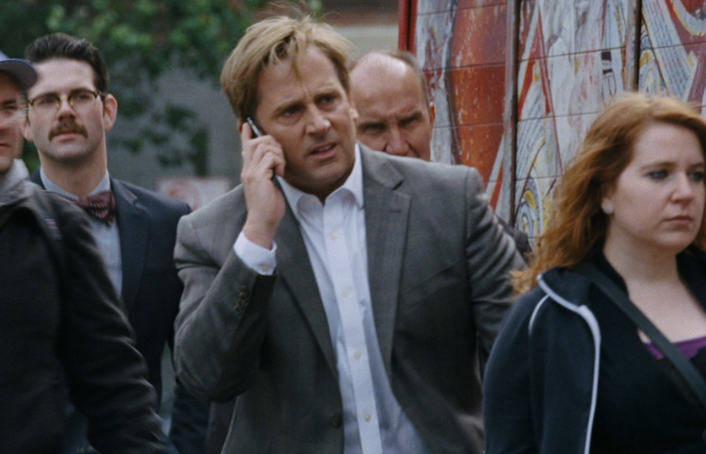
The film’s claim: Mark Baum (Steve Carell) is a jaded hedge fund manager with a moral streak, leading the charge to bet against the bubble.
Reality: Baum is based on Steve Eisman, who really did short the housing market — but the character’s backstory, quirks, and some of his big speeches were written for the film. Eisman himself has said Baum is more “Hollywood version” than carbon copy.
Did rating agencies really just hand out AAA ratings like candy?
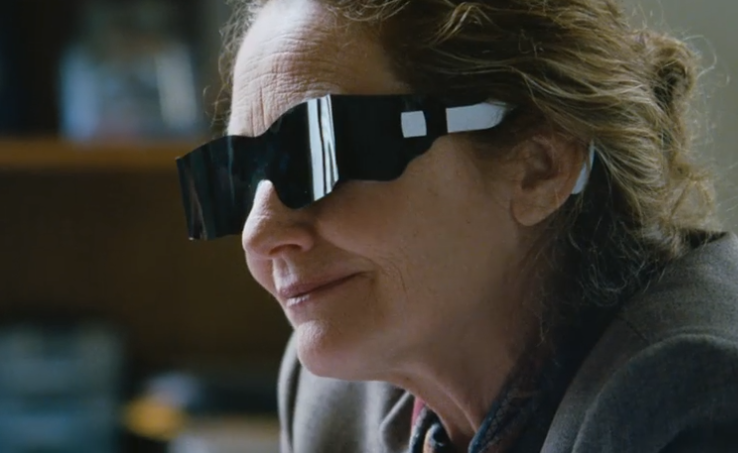
The film’s claim: There’s a scene where Baum’s team visits a ratings agency office, and the rep admits they hand out AAA ratings because if they don’t, the banks will take their business elsewhere.
Reality: While the movie simplifies it, the conflict of interest was very real. Rating agencies made their money from the banks whose products they rated — and if they were too strict, they’d lose clients. The exact “confession” scene didn’t happen like that, but the incentives were just as broken.
Why We’ll Always Have a Soft Spot for The Big Short…
Even with its dramatised moments, The Big Short nails a lot of the truth behind the 2008 housing crisis—sometimes scarily accurately. The fraud, the blind greed, the wilful ignorance… it was all there in real life.
In fact, the financial system was already so unhinged that Hollywood didn’t need to embellish much to make it gripping.
It’s also one of our favourite movies here at the office — our go-to if we’re in the mood for a finance blockbuster that’s equal parts entertaining and infuriating. Whether you’re a trader, an investor, or just someone who loves a good “truth is stranger than fiction” story, it’s always worth a rewatch… ideally with a fresh perspective on what’s fact and what’s film magic.





